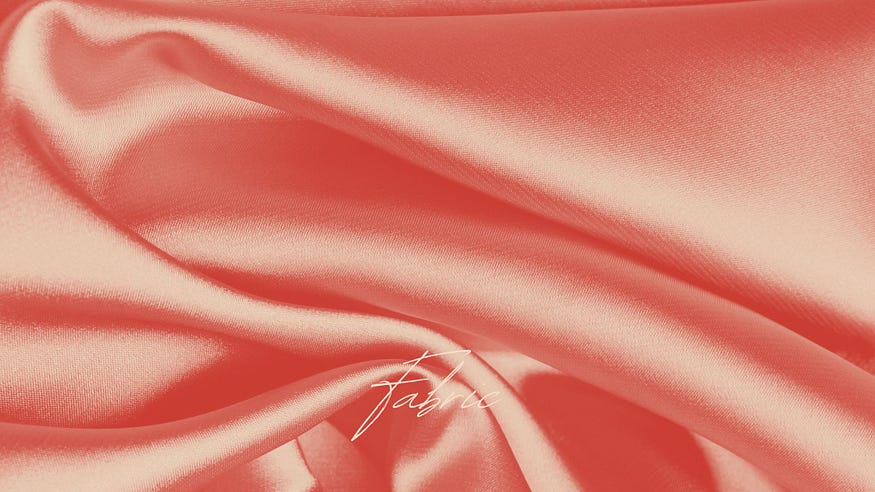Tutorial : How To Make Poly Cotton Fabric

Polycotton fabric is a popular choice for sewers of all levels. It combines the breathability and softness of cotton with the wrinkle resistance and durability of polyester. This makes it ideal for a wide variety of projects, from clothing and bedding to bags and home décor. Plus, it’s often cheaper than cotton fabrics, making it a budget-friendly option.
While polycotton fabric is readily available in stores like Sri Shakthi Textile Erode, you might be surprised to know that you can also make your own at home! It’s a fun and rewarding project that allows you to create custom fabric with your desired blend of cotton and polyester.
This guide will walk you through the process of making polycotton fabric, step-by-step. We’ll cover everything you need to know, from gathering materials to troubleshooting common issues.
Before you dive in, here are a few things to keep in mind:
- Making polycotton fabric requires some specialized equipment.
- This process is best suited for intermediate crafters who are comfortable with using a sewing machine.
- You can experiment with different ratios of cotton and polyester to create fabrics with varying properties.
What You’ll Need:
- Cotton batting or fabric scraps
- Polyester batting or fabric scraps
- Sewing machine with a walking foot (optional, but highly recommended)
- Rotary cutter and mat (or sharp scissors)
- Ruler
- Fabric glue stick (optional)
- Iron and ironing board
Section 1: Choosing Your Materials
The first step is to gather your cotton and polyester materials. You can use a variety of options here:
- Cotton batting: This is a thick, fluffy sheet of cotton fibers. It’s readily available at most fabric stores and comes in various thicknesses.
- Cotton fabric scraps: Leftover fabric from other projects is a great way to use up scraps and create unique polycotton blends.
- Polyester batting: Similar to cotton batting, but made from polyester fibers.
- Polyester fabric scraps: Again, leftover polyester fabric can be used to create your custom blend.
Choosing the Ratio of Cotton and Polyester:
The ratio of cotton to polyester in your fabric will determine its final characteristics. Here’s a general guide:
- Higher cotton content (60% or more): This will result in a fabric that’s more breathable and absorbent, but may wrinkle more easily.
- Balanced blend (50/50): This is a popular choice that offers a good balance of breathability, wrinkle resistance, and durability.
- Higher polyester content (40% or less): This will create a fabric that’s more wrinkle-resistant and dries quickly, but may be less breathable and feel slightly synthetic.
Consider the intended use of your fabric when choosing the ratio. For example, a breathable blend with more cotton would be ideal for clothing, while a wrinkle-resistant blend with more polyester would be better for tablecloths.
Section 2: Preparing Your Materials
Once you’ve chosen your materials, it’s time to prepare them for layering.
- Pre-wash your cotton and polyester fabrics (if using fabric scraps): This will help prevent shrinkage in your final fabric. Wash according to the care instructions on the fabric labels.
- Iron your cotton and polyester fabrics (optional): This will make them easier to cut and layer evenly.
Cutting Your Batting or Fabric Scraps:
- Decide on the size of your finished fabric piece.
- Use a rotary cutter and mat (or sharp scissors and ruler) to cut your cotton and polyester batting or fabric scraps to the desired size.
Section 3: Layering and Basting
Now comes the fun part: layering your cotton and polyester pieces!
- Lay down a flat surface: This could be your ironing board or a large table.
- Place your first layer: This can be either cotton or polyester, depending on your desired final look.
- Apply fabric glue stick (optional): A thin layer of fabric glue stick can help hold the layers together temporarily, especially if you’re using batting. However, this step is not essential.
- Lay down the second layer: Smooth it out to ensure there are no wrinkles or gaps.
Basting the Layers:
Basting is a temporary sewing technique that helps hold layers of fabric together before permanently stitching them. Here’s how to do it:
- Thread your sewing machine with a contrasting color thread.
- Using a long stitch length (around 3.5mm or 1/8 inch), sew along the edges of your layered fabric, leaving a seam allowance of about 1cm (⅜ inch).

Comments
Post a Comment